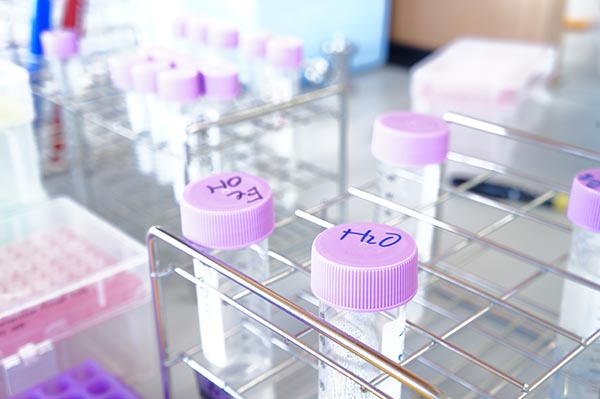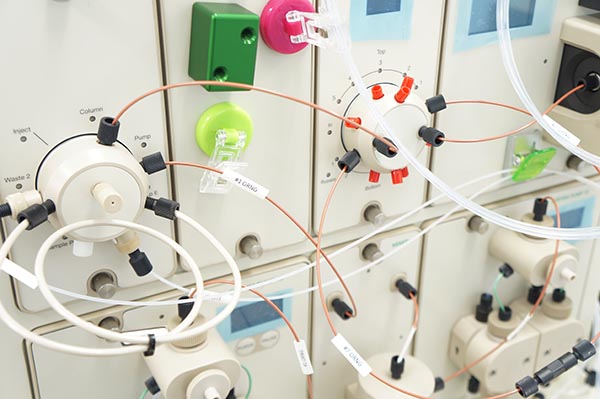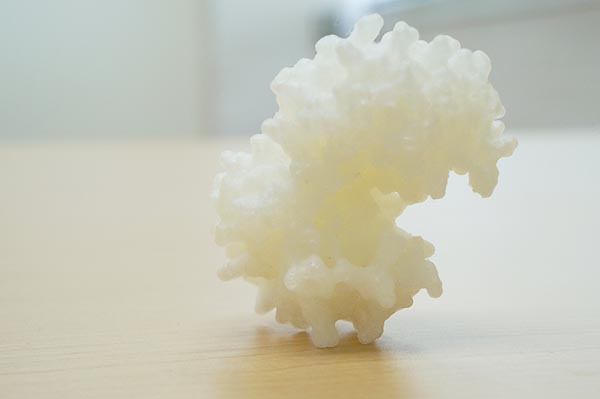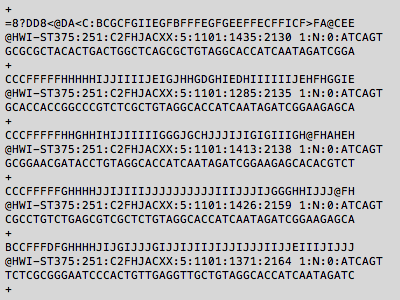Research

Since Nobel prize laureate Francis Crick has proposed in 1950s, the central dogma of life: DNA makes RNA makes protein, has been most basic principle in life. In our lab, we are investigating “translation” or a reaction from RNA to protein, which lies at the core of central dogma, focusing how translation is control, and how its control impacts on life.
Our genome has nearly 20,000 genes. They are not always turned on, rather controlled in time and space. It has been widely accepted that the on-off switch is generally controlled at transcription, or DNA to RNA, and that RNA just works simply as messenger of information from DNA to protein.



Analysis with Next-Generation Sequencer
Recent development of next-generation deep sequencer allows us to identify and measure the RNA in cells. Using this technology, we are using ribosome profiling to understand which RNAs are translated and which codons are decoded by ribosome, surveying translation status in cells comprehensively.
Simultaneously, we also use the other deep-sequencing based technologies to investigate RNA-protein interaction, which regulates translation. Combining those techniques, we tackle to reveal ternary relationship among RNA, RNA-binding protein, and translation.

